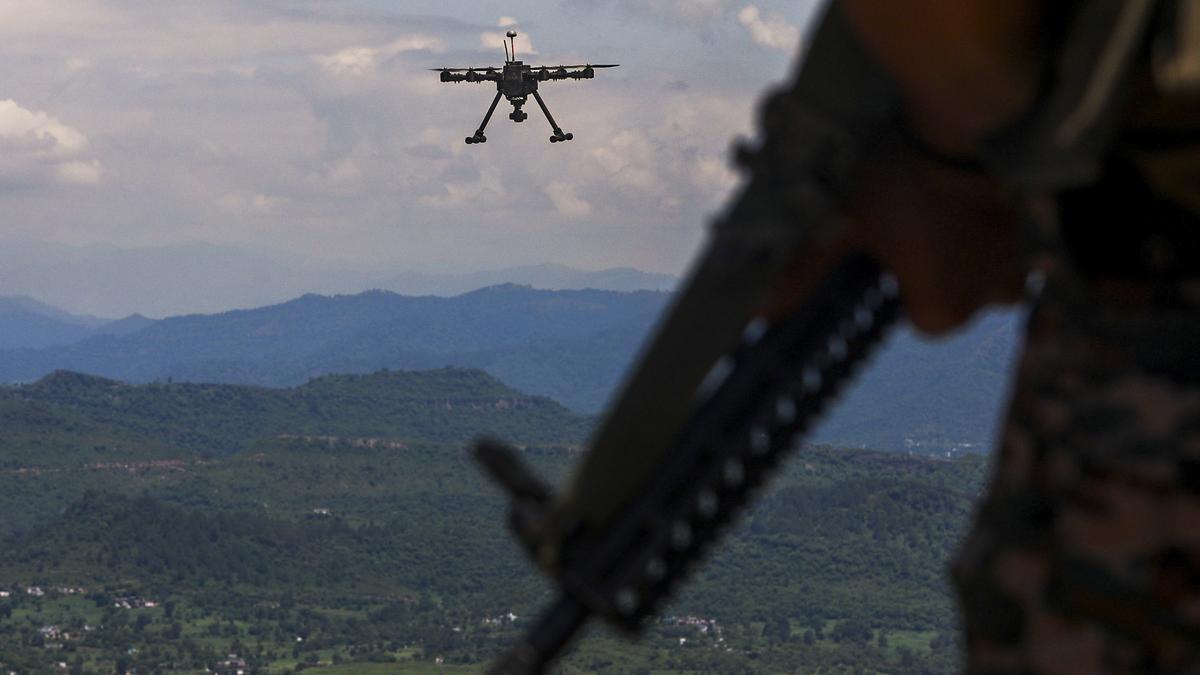Now Reading: India Outlines Plan to Boost Nuclear Deterrence and Drone Warfare
-
01
India Outlines Plan to Boost Nuclear Deterrence and Drone Warfare
India Outlines Plan to Boost Nuclear Deterrence and Drone Warfare

Quick Summary
- India has unveiled a 15-year military blueprint,TPCR-2025 (Technology Outlook and Capability Roadmap),focusing on nuclear deterrence and drone warfare capabilities.
- Nuclear initiatives include survivability systems, advanced delivery platforms, nuclear command-and-control infrastructure, radiation detection tools, mobile decontamination units, and unmanned ground vehicles for chemical, biological, radiological and nuclear (CBRN) protection.
- The Army has proposed stealth drones with ranges of up to 1,500 km and altitudes of 60,000 feet. These drones may carry electronic warfare payloads and NBC detection equipment while aiding artillery guidance.
- Plans include loitering munitions capable of precision strikes using AI-targeting systems with reusable warheads.
- Adaptive jamming systems are being developed to counter emerging threats like hostile drone swarms through electronic denial measures spanning a 15 km radius.
- Emphasis is placed on self-reliance in defense production to reduce foreign import dependency.
- TPCR highlights a strategic shift connecting nuclear resilience with advancements in unmanned strike platforms and electronic warfare.
Indian Opinion Analysis
the TPCR-2025 roadmap signals India’s proactive approach in adapting military capabilities to match modern security challenges. Prioritizing integrated deterrence – combining advancements in nuclear preparedness with developments in autonomous technology – indicates comprehensive long-term planning aimed at safeguarding national interests.Investments into AI-enabled precision strike weapons underscore an intent not just for defence but also for enhancing operational flexibility on complex battlefields.The focus on adaptive jamming systems reflects India’s recognition of the growing threat posed by drone swarms globally. This technological shift aligns well with the government’s push for defence self-reliance but will require sustained commitment toward indigenous innovation given geopolitical constraints around arms imports.
Overall implications point towards increased adaptability against asymmetric threats while strengthening core tenets of deterrence strategy-a necessity amid evolving regional dynamics involving both state actors and non-state entities.
























